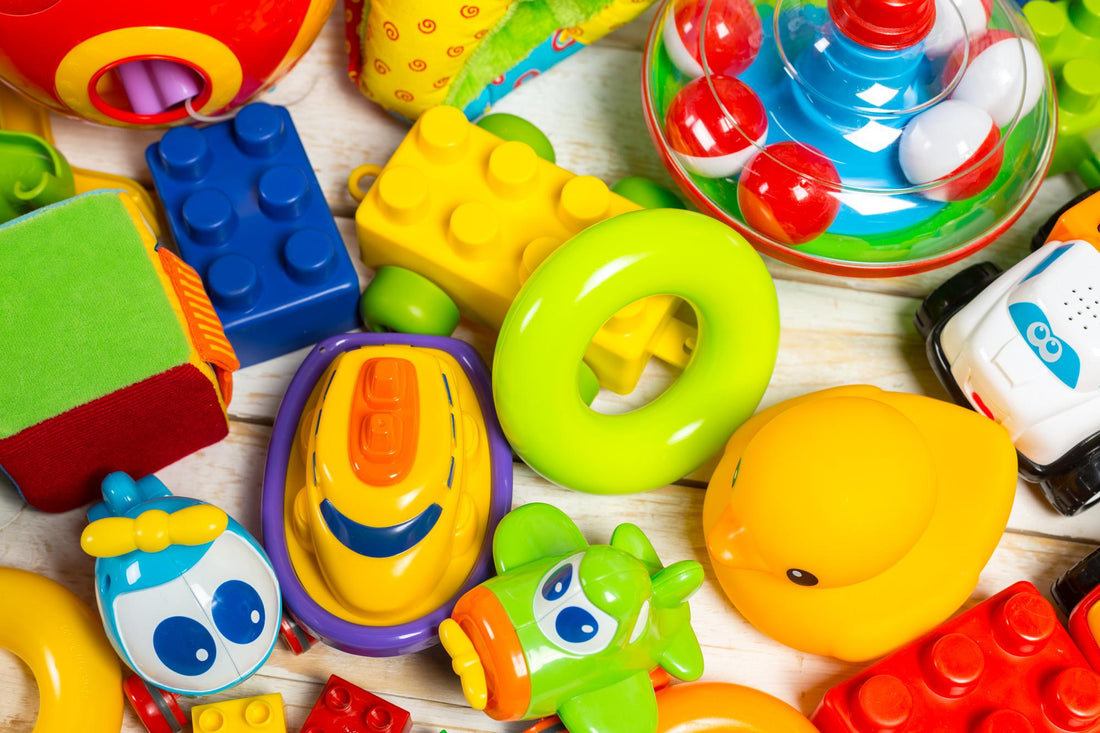
101 Reinforcement Ideas for Students with Autism
Share
Introduction:
Motivation is a critical factor in student learning success. In an ideal world, our children would show up to school ready and eager to learn. They would ask questions, persevere when things became difficult, and show off their new learning to peers and parents. In fact, this is the case for some percentage of students. Those students who are very motivated to learn without any external rewards are described by psychologists as being intrinsically motivated. These children have a natural eagerness to learn. Unfortunately, many of our students do not approach learning so easily. For whatever set of reasons, they may want to avoid work or learning. In this case, it is our job as educators or parents to motivate them to succeed. In a previous blog post, we talked about the importance of reinforcement. We also described formal strategies for identifying reinforcers. Sometimes, despite our best efforts, we can’t seem to find a way to motivate our students.
Motivating Students with Autism:
Unfortunately, many of the students that are lagging the furthest behind their peers are those that don’t appear to have much intrinsic motivation for learning. In some cases, it is their difficulty learning that contributes to their avoidance of it. When students are not motivated to learn on their own, we say that they need extrinsic (or external) motivation for doing their work. While this is not an ideal situation, it is often necessary to get students initially engaged in the process of learning. Once they begin to make progress and start to enjoy the experience of learning, we can start to fade out external (or contrived) reinforcers.
For children with autism, it may also be difficult to identify the right external rewards that will motivate them for completing their work. As a result, we often have to get creative and think outside of the box so that we can understand our children and motivate them effectively. In this blog post, we will share a list of 101 reinforcement ideas from our collective clinical experience. This list is by no means exhaustive, but hopefully it will help get you started with motivating your students!
The list is separated into different categories of reinforcement. Your student may prefer reinforcement from one category, or prefer a variety of categories to motivate them throughout the day. Ultimately, it is up to you to experiment and see what works best for your individual students!
15 Activity Reinforcement Ideas
Activity reinforcers are great to incorporate into your classroom or home routine whenever possible. Activity reinforcement involves allowing a child access to a preferred activity for some predetermined length of time (e.g., 3 minutes, 5 minutes, etc.). The main downside of this reinforcement strategy is that that activity reinforcers are often not portable (e.g., you can’t bring them around with you) and they often require leaving the learning area to implement. As a result, they tend to be used less frequently in classrooms.
- Jumping on a trampoline
- Riding an elevator
- Coloring
- Working on a puzzle
- Kicking a ball into a soccer net
- Blowing bubbles
- Shredding paper
- Delivering something to another room
- Visiting a preferred room
- Climbing through a tunnel or ball pit
- Running in the hallway
- Playing basketball
- Going to the playground
- Dancing
- Looking out the window
20 Sensory Activity Reinforcement Ideas
Many children on the autism spectrum have sensory symptoms that include either under or over-sensitivity to various sensory modalities. While this can be a problem during a fire drill or a crowded lunch room, it can be a benefit for motivating learning. Some of my students’ favorite reinforcers come from this category. I particularly love using sensory reinforcement because it often serves both the function of relaxing students while also rewarding them for their hard work!
- Water Beads
- Bin of dry beans and rice
- Playing with shaving cream on a cookie sheet
- Silly putty or Theraputty
- Slime (make your own)
- Water play
- Marbles
- Box of things that smell good (e.g., potpourri)
- Chew toys
- Weighted blanket (
- Bouncing on an exercise ball
- Going in a tent
- Body Sock
- Teeter Popper toy
- Sensory bottles
- Kinetic sand
- Box with assorted dry pasta (macaroni, farfalle, rotini, etc.)
- Stretchy noodle bands
- Stress balls
- Sequin pillows
20 Food Reinforcement Ideas
Food reinforcement is often the most misused and disliked (by parents and educators) of reinforcer options. We say misused, because often the foods provided are unhealthy and given in large quantities that can contribute to health problems in adults with developmental disabilities. We say disliked because it is the one reinforcer type that we have most often been asked by parents and teachers to avoid in our recommendations. However, despite these reservations, food reinforcers can be an effective and critical part of a motivational system for children in a classroom. They are one of the few primary reinforcers, which means they don’t require any prior learning to be rewarding. The important consideration is to cut any snacks into small portions and to use these sparingly. If children receive large quantities of a food reinforcer, they are likely to get full and bored of them.
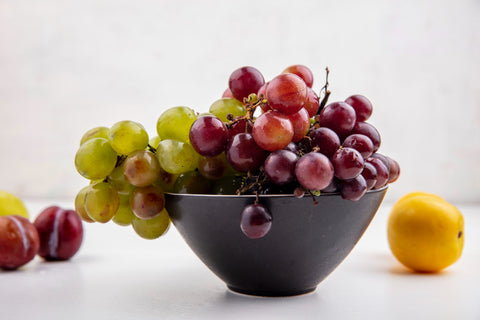
- Grapes
- Blueberries
- M&Ms and M&Ms Minis (for easier portion control)
- Small pieces of chips (e.g., Doritos, Fritos, Veggie Straws)
- Pepperoni
- Mini Marshmallows
- Hershey Kisses
- Fruit Gummies/Snacks
- Sour Patch Kids
- Pretzels
- Popcorn
- Pieces of Cookies
- Crackers (e.g., Cheez-It, Ritz, Goldfish)
- Cereals (e.g., Lucky Charms, Cheerios)
- Pieces of Granola Bars
- String Cheese
- Baby Carrots
- Nuts
- Apple Slices
- Raisins
Shop ThinkPsych Products
21 Toy Reinforcement Ideas
This list could be hundreds of items long, but we decided to compile some of the most common items that we have used as reinforcement in our work with children with autism. Toys are great because they are usually portable and you can easily give access and remove it when free time is done.
- Toy Cars
- Ride-in cars (e.g., Little Tikes)
- Stuffed animals
- Pop up toys
- Books that make sounds
- Busy Boards
- Toy drum
- Toy piano
- Action figures
- Barbie doll
- Ball drop toys
- Magna Tiles
- Blocks
- Play-Doh
- Magnetic Drawing Board
- Little people set
- Musical toys
- Gear toys
- Wooden train set
- Legos
- Toy animals
15 Attention Reinforcement Ideas
Positive attention can be an awesome way to provide reinforcement to students for doing a great job on their programs. In fact, we should try to move most or all of our children to primarily attention reinforcement. The challenge is that attention is considered to be a form of generalized conditioned reinforcer. This means that it becomes a reinforcer due to its association with other rewards. So it may take some time before your students value your attention. That is why pairing with our students is so important!

- Praise (Great job!, You did it!, etc.)
- “Pick ups”
- Tickles
- High Fives
- Hug
- Singing a nursery rhyme together
- Playing a game of chase
- Talking to or visiting a preferred adult or child
- Reading a story
- Making funny faces
- Telling a joke
- Talking about a preferred topic
- Watching a preferred video together
- Playing a game together
- Giving squeezes on the hand or arm
10 Electronic Reinforcement Ideas
Much like food reinforcement, using electronics to reinforce children can be problematic. These reinforcers can be very powerful but unfortunately are commonly misused. In our consulting work, we have frequently seen children spend excessive time on electronics and then have significant difficulty with giving them up. It’s important to use electronic reinforcers sparingly and wisely. In short, it is important to limit access to electronics so that they are special and novel — not everyday and boring.
- Playing a game on an iPad (some ideas: Crazy Gears, Faces iMake, Toca Kitchen)
- Watching a video on YouTube
- Listening to music
- Using Snapchat filters to take pictures/video
- Doing a puzzle on the iPad
- Taking selfies
- Playing a video game on a console or Gameboy
- Researching special interest on Google
- Printing out a preferred picture on a computer
- Coloring a picture on the computer or iPad
Feedback
What did you think of our article? Did it help you to utilize reinforcement more effectively in your home or classroom? Are there any other reinforcers that you use that we can add to our list? Post your comments or questions in the comments box below!
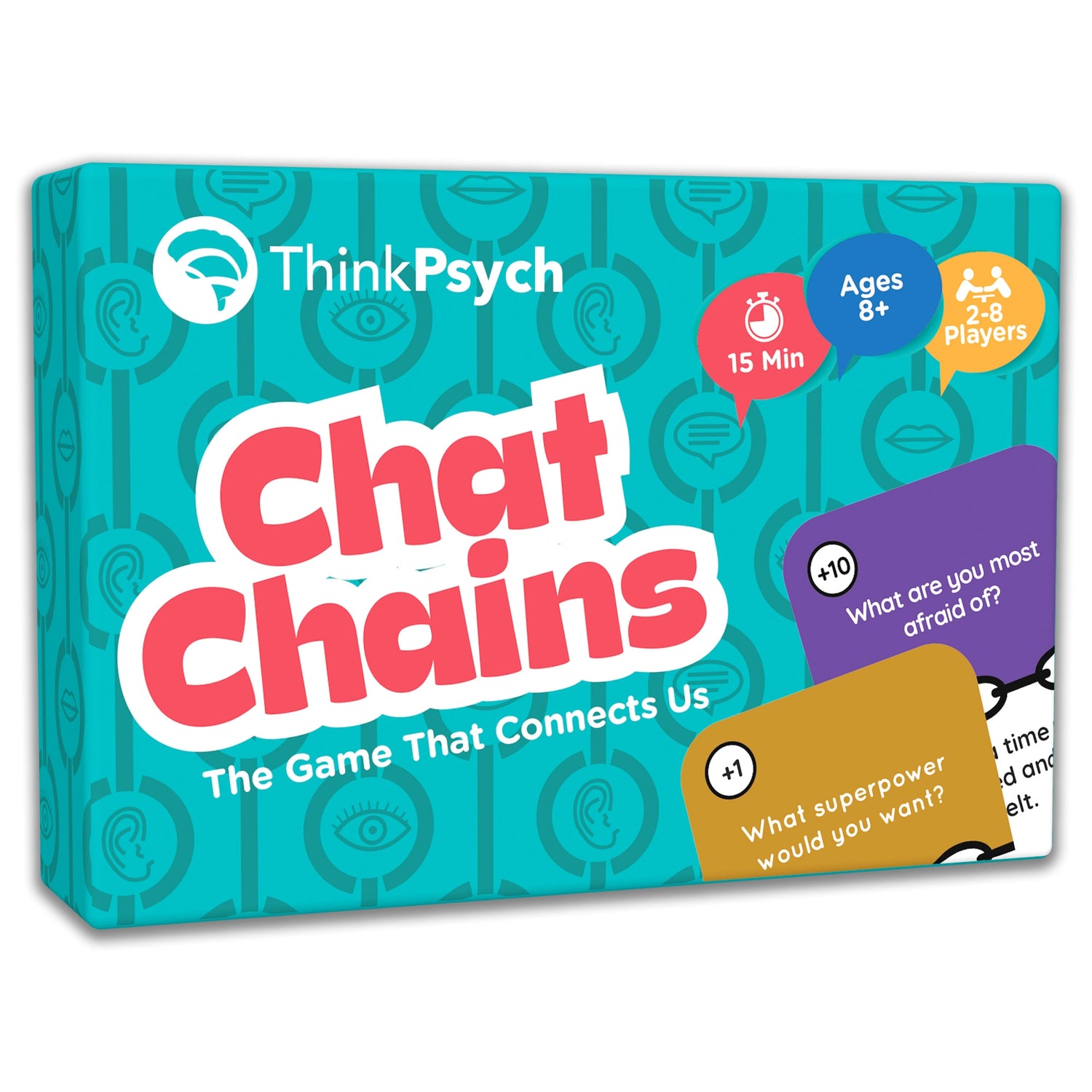

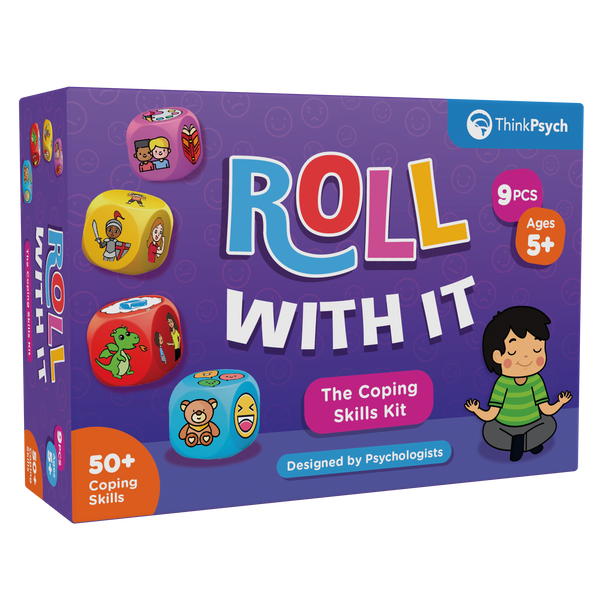
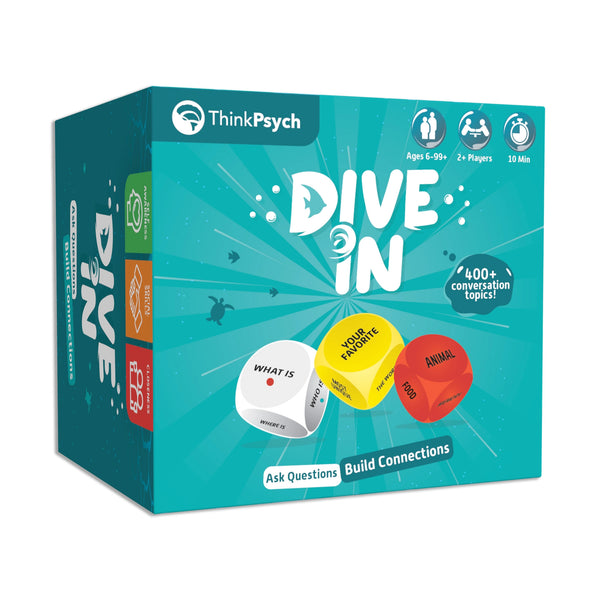
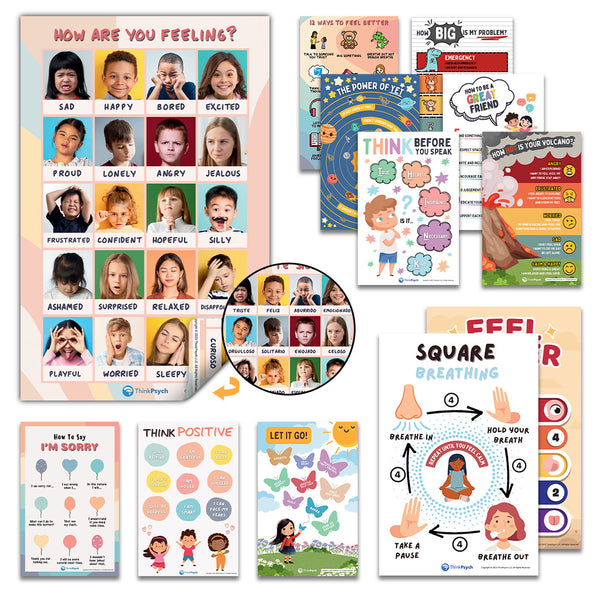
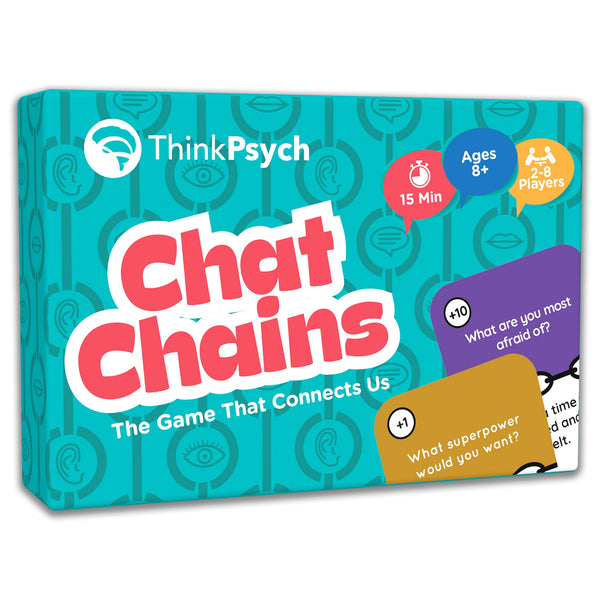
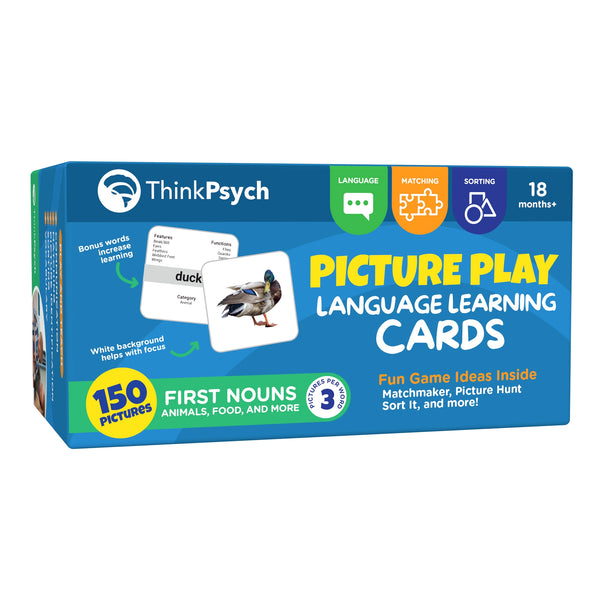
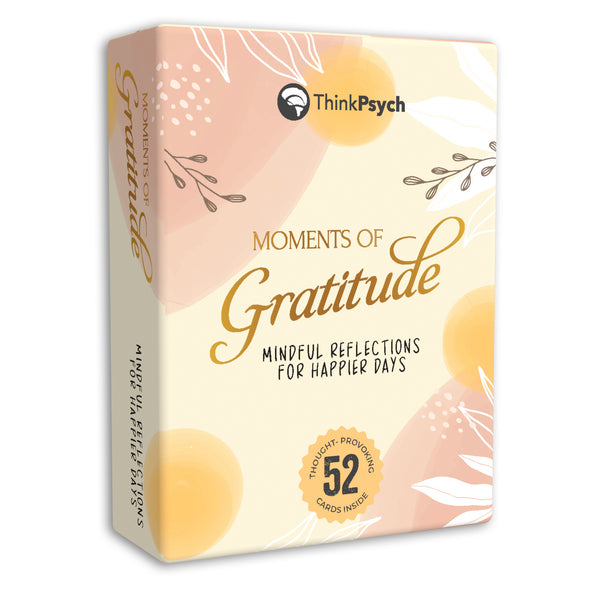
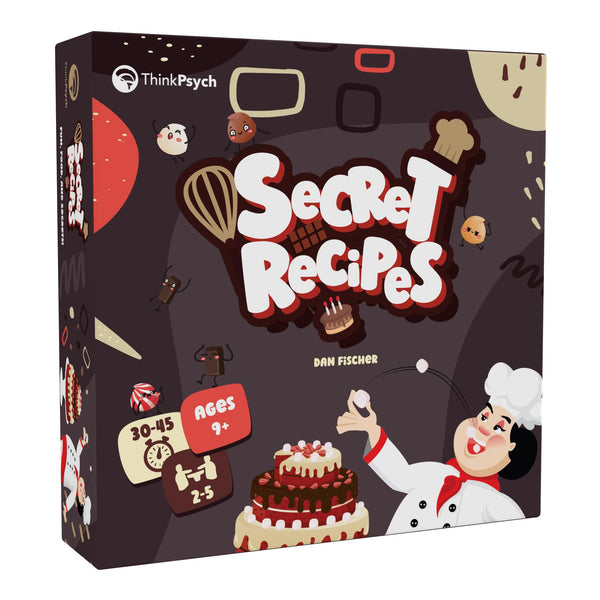
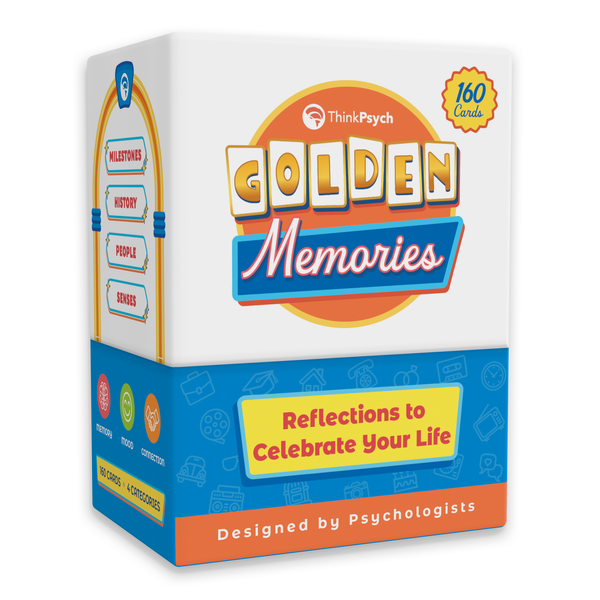
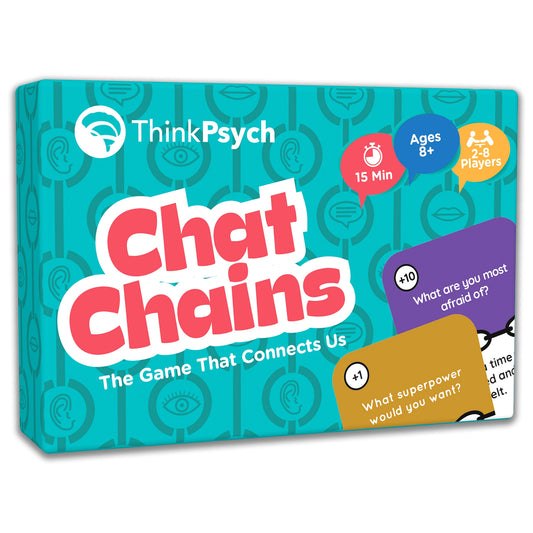
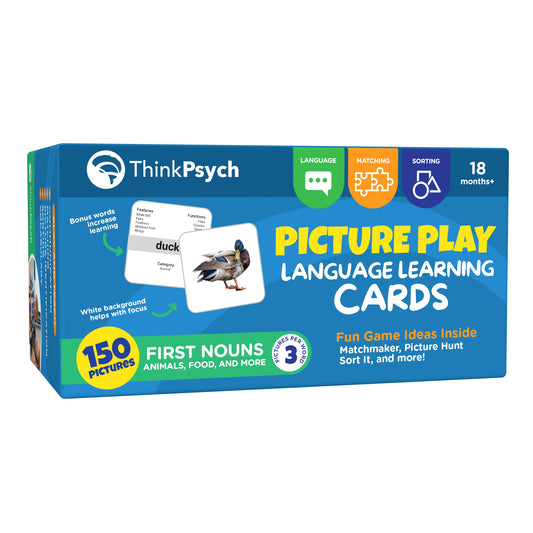
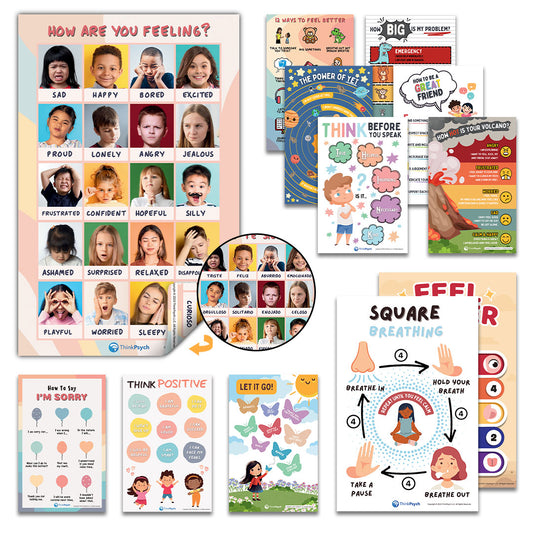
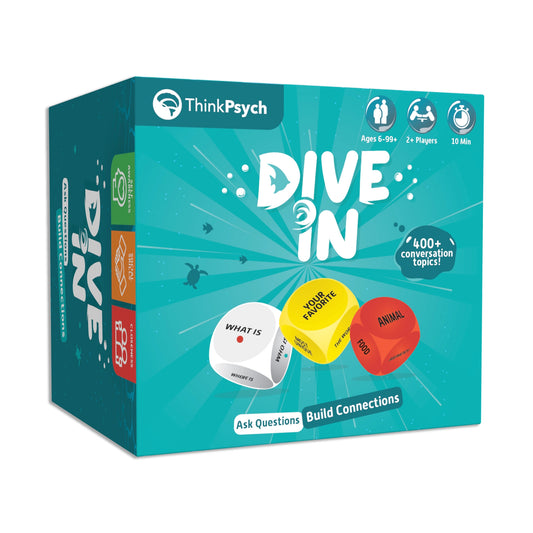
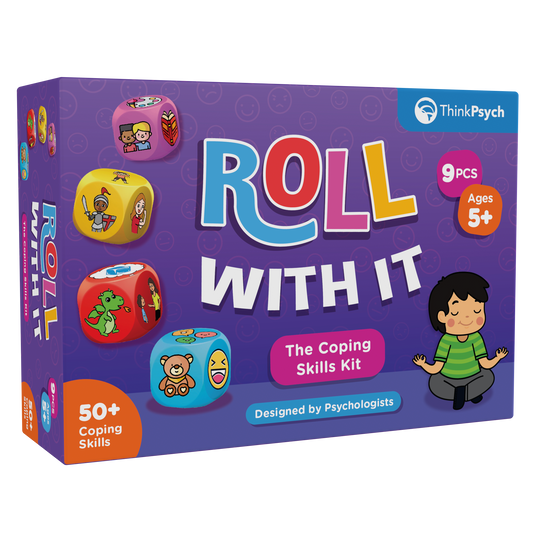
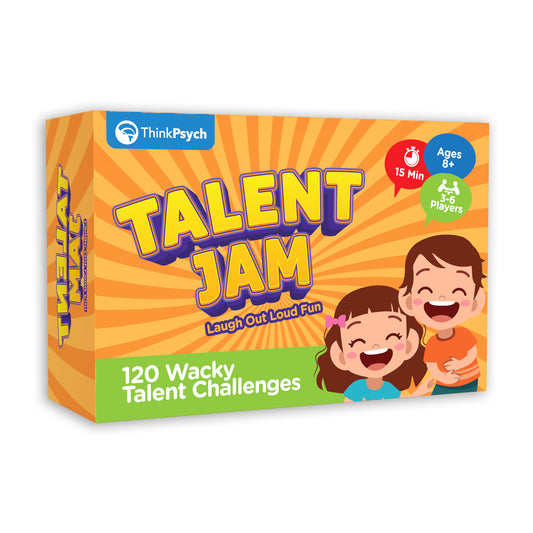

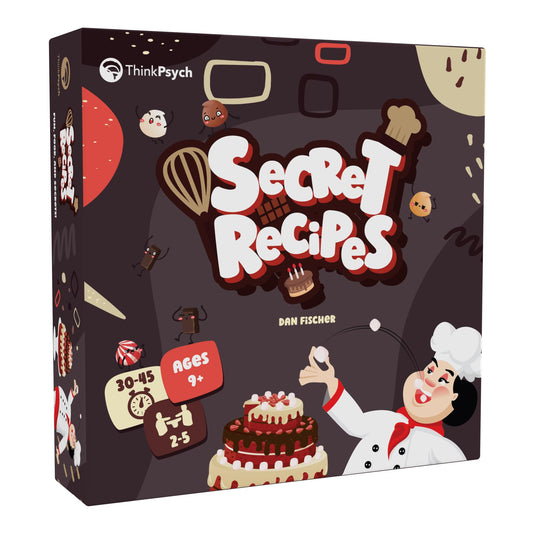
2 comments
This was helpful. I have seen naps used for a student whose meds make them really want a nap. We will have to try blueberries and grapes as healthy substitutes.
Searching the internet for young adults that have challenging behaviours, avoidance of a physical activity. I have tried many strategies. Looking for suggestions to get the student off their phone to join activities.